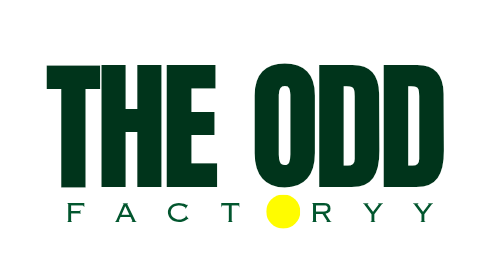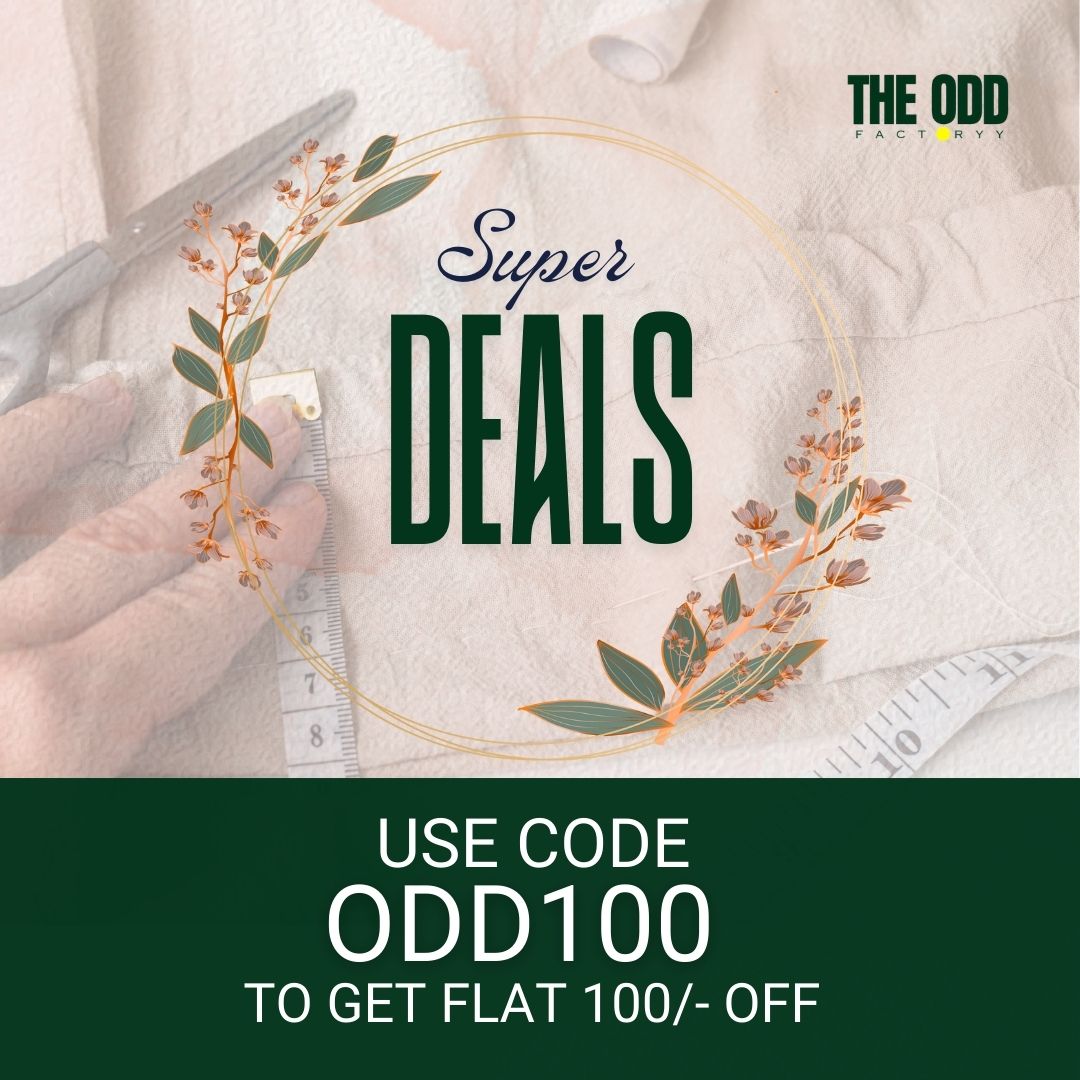Curved rulers are indispensable tools in pattern making, offering precision and versatility in creating smooth, flowing lines essential for well-fitting garments. Understanding their types, importance, and how to use them effectively can significantly enhance your pattern-making skills.
What are Curved Rulers?
Curved rulers, also known as French curves, are drafting tools used to draw smooth curves in various parts of a sewing pattern. They come in different shapes and sizes, each designed to assist with specific curves found in garment design. Unlike straight rulers, curved rulers are essential for drafting areas such as necklines, armholes, hip curves, and other garment contours.
Types of Curved Rulers
There are several types of curved rulers, each serving a unique purpose:
- French Curve: Ideal for drawing armholes, necklines, and other smaller curves. It’s a versatile tool for general pattern making.
- Hip Curve: Used for drafting waist and hip lines, ensuring a natural, flattering fit around the lower body.
- Armhole Curve: Specifically designed to create smooth and accurate armholes, crucial for comfortable and well-fitting sleeves.
- Design Curve: Often used by professional designers for more intricate and varied curves in fashion design.
- Flexible Curve Ruler: Made of a flexible material that can be shaped to any curve, making it highly adaptable for custom patterns.
Why are Curved Rulers So Important?
Curved rulers are crucial for several reasons:
- Precision: They allow for accurate replication of body curves, ensuring that garments fit well.
- Consistency: They help maintain consistent curves across multiple patterns, essential for professional-quality garments.
- Efficiency: They speed up the drafting process, making it easier to achieve the desired shape without freehand drawing.
- Versatility: They can be used in various parts of garment construction, from necklines to hems.
How to Use Curved Rulers in Pattern Making
Using curved rulers effectively requires understanding where and how to apply them in your pattern making process. Here’s a general overview:
- Identify the Curve: Determine where a curve is needed in your pattern, such as an armhole or neckline.
- Position the Ruler: Align the curved ruler with the pattern lines, ensuring it fits the natural shape you intend to draw.
- Choose the Right Ruler: Select the appropriate curved ruler for the specific curve you are working on.
- Align the Ruler: Place the ruler on the pattern paper, aligning it with the points you want to connect with a curve.
- Draw the Curve: Hold the ruler firmly and draw along its edge with a pencil or tailor’s chalk, maintaining steady pressure for a smooth line.
- Adjust as Needed: If the curve needs adjustment, reposition the ruler and redraw until you achieve the desired shape.
Step-by-Step Guide to Using Curved Rulers
Here’s a detailed step-by-step guide to help you use curved rulers like a pro:
- Prepare Your Pattern Paper: Lay out your pattern paper on a flat, stable surface.
- Mark Key Points: Mark the key points where the curve will start and end. For instance, mark the shoulder and bust points for an armhole curve.
- Align the Ruler: Place the curved ruler so that it touches both key points. For a French curve, ensure the ruler’s curve matches the intended armhole shape.
- Draw the Curve: Draw along the ruler’s edge, keeping your hand steady. If you’re drawing an armhole, ensure the curve is smooth and continuous from shoulder to bust.
- Check and Adjust: Review the drawn curve. If necessary, adjust the ruler and redraw to refine the shape.Position the Ruler: Place the curved ruler so that it connects the key points smoothly. Make sure the ruler is stable and doesn’t move while drawing.
- Trace the Curve: Carefully trace along the edge of the ruler. If you need to adjust the curve, lift the ruler slightly and reposition it to create a continuous smooth line.
- Double-Check the Curve: Once you’ve drawn the curve, check it against your measurements to ensure accuracy.
- Refine the Curve: If necessary, make small adjustments by hand to perfect the curve
- Finalize the Pattern: Once satisfied, use the curve as part of your final pattern, ensuring it blends smoothly with adjacent pattern lines.
Common Mistakes to Avoid
Using curved rulers can be tricky at first. Here are some common mistakes to avoid:
- Incorrect Alignment: Ensure the ruler is correctly aligned with your key points to avoid distorted curves.
- Inconsistent Pressure: Apply consistent pressure when drawing to avoid jagged or uneven lines.
- Over-reliance on One Type: Different curves require different rulers. Don’t rely solely on one type; use the appropriate ruler for each curve.
- Skipping Adjustments: Always review and adjust your curves as needed. Even slight misalignments can affect the garment’s fit.
- Inaccurate Alignment: Always double-check the alignment of the ruler with your pattern points to avoid uneven curves.
- Rushing the Process: Take your time to ensure that the curve is smooth and accurate. Rushing can lead to mistakes.
- Not Rechecking Measurements: After drawing the curve, always recheck your measurements to ensure the curve fits the intended design.
How you can save time and costs by getting ready to sew patterns by The ODD Factory
The ODD Factory’s ready-to-sew patterns save time and costs through several efficiencies. Pre-cut fabric pieces and accurate pattern matching reduce manual cutting and fabric waste. Pre-marked sewing guides eliminate time spent on measuring and marking, minimizing errors. Comprehensive kits include all necessary notions and accessories, avoiding delays and extra purchases. High-quality materials ensure durability, reducing future repair costs. Customization options provide exactly what you need, streamlining the sewing process and making it more economical. Experience the convenience and cost-effectiveness of ready-to-sew patterns with The ODD Factory. (https://theoddfactory.com/product-category/factory-stock/patterns)



